- The Importance of Late-Season Cucumbers
- Extended Harvest Period
- Unique Flavor Profiles
- Abundance of Nutrients
- Versatility in the Kitchen
- Great Addition to Fall Gardening
- Choosing the Right Cucumber Variety
- Growing Season
- Climate
- Space
- Disease Resistance
- Taste and Texture
- Popular Cucumber Varieties
- Best Growing Techniques for Late-Season Cucumbers
- 1. Choose the right cucumber varieties
- 2. Extend the growing season
- 3. Adequate watering
- 4. Provide good support
- 5. Regularly check for pests and diseases
- 6. Provide adequate nutrients
- 7. Harvest cucumbers promptly
- Harvesting Tips for Late-Season Cucumbers
- 1. Monitor the Color of the Cucumbers
- 2. Check the Size of the Cucumbers
- 3. Use Pruning Shears or a Knife
- 4. Harvest Regularly
- 5. Check for Signs of Overripeness
- 6. Handle Cucumbers with Care
- 7. Store Cucumbers Properly
- 8. Enjoy Late-Season Cucumber Varieties
- Preserving Late-Season Cucumbers
- 1. Pickling
- 2. Freezing
- 3. Canning
- Delicious Recipes with Late-Season Cucumbers
- 1. Cucumber Salad
- 2. Cucumber Gazpacho
- 3. Cucumber Sushi Rolls
- 4. Cucumber and Yogurt Dip
- 5. Cucumber and Feta Salad
- 6. Cucumber Watermelon Cooler
- Expanding the Harvest: Tips for Extended Growing Season
- 1. Start with the right cucumber varieties
- 2. Use season extension techniques
- 3. Provide adequate sunlight
- 4. Optimize soil conditions
- 5. Proper watering
- 6. Implement succession planting
- 7. Monitor pests and diseases
- 8. Harvest cucumbers properly
- 9. Preserve the harvest
- 10. Plan for next season
- The Future of Late-Season Cucumbers
- “Question-Answer”
- What are cucumbers of the second turn?
- When is the best time to plant cucumbers of the second turn?
- What are some advantages of growing cucumbers of the second turn?
- Do cucumbers of the second turn require any special care?
- Can cucumbers of the second turn be grown in containers?
- Are there any specific cucumber varieties that are best for the second turn?
- “Video” 10 Veggies to Plant NOW for a Fall Harvest
When summer comes to an end, many gardeners start to think about the approaching colder months and preparing their gardens for the autumn. However, with the right knowledge and techniques, it is possible to continue harvesting fresh cucumbers well into the late summer and even into the late autumn.
Most cucumbers are planted in the spring and harvested in the summer. But by planting varieties that have a shorter growing season or by using techniques like growing cucumbers in containers, you can extend the harvest season and enjoy the taste of homegrown cucumbers for longer.
One way to extend the cucumber season is by choosing varieties that have a shorter growing time. There are many cucumber varieties available that mature in around 50-60 days, compared to the usual 70-90 days for standard varieties. These faster-maturing cucumbers are perfect for planting in late spring or early summer, allowing you to start harvesting in late summer.
Growing cucumbers in containers is another technique that can help extend the harvest season. Cucumber plants can be grown in large pots or containers on a patio or balcony, allowing you to control the environment and protect the plants from colder temperatures. By providing the right care, such as regular watering and feeding, you can continue to harvest cucumbers well into the late autumn.
So don’t let the changing seasons stop you from enjoying fresh cucumbers. With the right varieties and techniques, you can continue to harvest this delicious and versatile vegetable well into the late summer and late autumn.
The Importance of Late-Season Cucumbers
When it comes to cucumbers, many people think of them as a summer vegetable. However, late-season cucumbers can be just as important as their summer counterparts. These cucumbers, harvested from late summer to late autumn, offer a range of benefits that make them a valuable addition to your vegetable garden or local farmer’s market.
Extended Harvest Period
One of the main advantages of late-season cucumbers is the extended harvest period they provide. While summer cucumbers may be harvested in abundance for a few months, late-season cucumbers can provide fresh greens for an extended period of time. This allows you to enjoy the fresh taste and crisp texture of cucumbers well into the fall season.
Unique Flavor Profiles
Another benefit of late-season cucumbers is their unique flavor profiles. As the weather cools down, late-season cucumbers develop a deeper and more complex flavor compared to their summer counterparts. These cucumbers can offer a range of tastes, from sweet and crisp to earthy and savory, adding diversity to your dishes and salads.
Abundance of Nutrients
Late-season cucumbers are also packed with nutrients. They are a great source of vitamins, minerals, and antioxidants that are beneficial for your overall health. The cooler weather conditions of late summer and autumn can enhance the nutrient content of these cucumbers, making them even more nutritious and valuable for your diet.
Versatility in the Kitchen
Late-season cucumbers are incredibly versatile in the kitchen. They can be used in a variety of culinary creations, from refreshing salads and sandwiches to pickles and relishes. Their unique flavor and texture can enhance the taste and presentation of your dishes, making them a valuable ingredient for both home cooks and professional chefs.
Great Addition to Fall Gardening
Lastly, late-season cucumbers can be a great addition to your fall gardening endeavors. While the summer growing season may be coming to an end, these cucumbers can thrive in the cooler temperatures and shorter daylight hours of late summer and autumn. They can help prolong the productivity and beauty of your garden, providing fresh greens well into the fall season.
In conclusion, late-season cucumbers offer a range of benefits that make them a valuable addition to any garden or culinary arsenal. Their extended harvest period, unique flavor profiles, abundance of nutrients, versatility in the kitchen, and ability to thrive in fall gardening conditions make them an important vegetable to consider when planning your late-season gardening endeavors. So why not give late-season cucumbers a try and enjoy their delicious and nutritious offerings throughout the autumn months?
Choosing the Right Cucumber Variety
When it comes to growing cucumbers, choosing the right variety is crucial. Different cucumber varieties have different characteristics and are suitable for different growing conditions. Here are some factors to consider when selecting a cucumber variety:
Growing Season
Cucumbers come in two main types: slicing cucumbers and pickling cucumbers. Slicing cucumbers are typically longer and are best eaten fresh. Pickling cucumbers, on the other hand, are shorter and are used for making pickles. It’s important to choose a cucumber variety that aligns with your intended use.
Climate
Cucumbers are warm-weather crops and thrive in areas with plenty of sunshine. However, some varieties are more adaptable to different climates than others. If you live in a cooler climate, look for cucumber varieties that have a shorter growing period or can tolerate lower temperatures.
Space
Consider the space you have available for growing cucumbers. Some varieties are bushy and sprawling, while others are more compact and suitable for smaller gardens or containers. If you have limited space, opt for varieties that are known to be more compact.
Disease Resistance
Cucumbers are susceptible to various diseases, such as powdery mildew and cucumber mosaic virus. To reduce the risk of disease, look for cucumber varieties that have some resistance to common cucumber diseases. These varieties are often labeled as disease-resistant or have specific disease codes indicated on the seed packet.
Taste and Texture
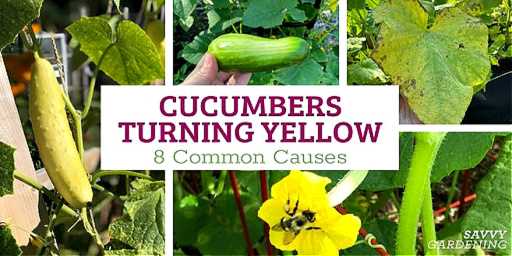
Cucumber flavor and texture can vary between varieties. Some cucumbers are crisp and refreshing, while others are sweeter and may have a softer texture. Consider your personal preferences when choosing a cucumber variety.
Popular Cucumber Varieties
Here are a few popular cucumber varieties you may consider:
- Marketmore 76
- Spacemaster
- Salad Bush
- Burpless Beauty
These are just a few examples, and there are many more cucumber varieties available. Take the time to research and find the best cucumber variety for your specific growing conditions and preferences.
Best Growing Techniques for Late-Season Cucumbers
Late-season cucumbers can be grown successfully with some careful techniques and considerations. Here are some tips to help you get the best out of your late-season cucumber harvest:
1. Choose the right cucumber varieties
When selecting cucumber varieties for late-season growth, opt for those that have a shorter maturity period. This will ensure that your cucumbers have enough time to mature before the colder weather sets in. Look for varieties that are cold-tolerant and can withstand lower temperatures.
2. Extend the growing season
To extend the growing season for cucumbers, you can use various techniques such as providing additional warmth to the plants. Consider using row covers or cloches to protect the plants from cold temperatures and frost. You can also use plastic mulch to help trap heat and maintain soil temperature.
3. Adequate watering
Cucumbers require consistent moisture, especially during the late-season. Make sure to provide a consistent and adequate water supply to keep the plants hydrated. However, be careful not to overwater as this can lead to fungal diseases. Consider using a drip irrigation system to provide steady moisture to the plants’ roots.
4. Provide good support
As cucumbers grow, they require support to prevent the fruits from touching the ground and becoming damaged. Install trellises or stakes for the plants to climb on as they grow. This helps improve air circulation around the plants, reduces the risk of diseases, and allows for easier harvesting.
5. Regularly check for pests and diseases
Late-season cucumbers are more susceptible to pests and diseases. Keep a close eye on your plants and regularly inspect them for any signs of pest damage or disease. Treat any issues promptly to prevent their spread and to ensure a healthy crop.
6. Provide adequate nutrients
Late-season cucumbers require a sufficient supply of nutrients to support their growth and fruit development. Use a balanced fertilizer or compost to provide the necessary nutrients to the plants. Monitor the plants for any nutrient deficiencies and make adjustments as needed.
7. Harvest cucumbers promptly
Be sure to harvest your cucumbers promptly when they are ready. Leaving them on the vine for too long can lead to overripening and reduced fruit quality. Regular harvesting also encourages the plants to continue producing new cucumbers.
By following these growing techniques, you can enjoy a successful late-season cucumber harvest and continue to enjoy fresh cucumbers well into the autumn months.
Harvesting Tips for Late-Season Cucumbers
1. Monitor the Color of the Cucumbers
As the late season progresses, pay close attention to the color of the cucumbers. Mature cucumbers should have a deep green color, indicating that they are ready to be harvested. Avoid picking cucumbers that are still light green or yellow, as they are not fully ripened.
2. Check the Size of the Cucumbers
Late-season cucumbers tend to grow larger compared to early-season varieties. When harvesting, make sure to select cucumbers that have reached their optimal size. Depending on the variety, this can range from 6 to 8 inches in length. Avoid letting the cucumbers grow too large, as they can become tough and develop a bitter taste.
3. Use Pruning Shears or a Knife
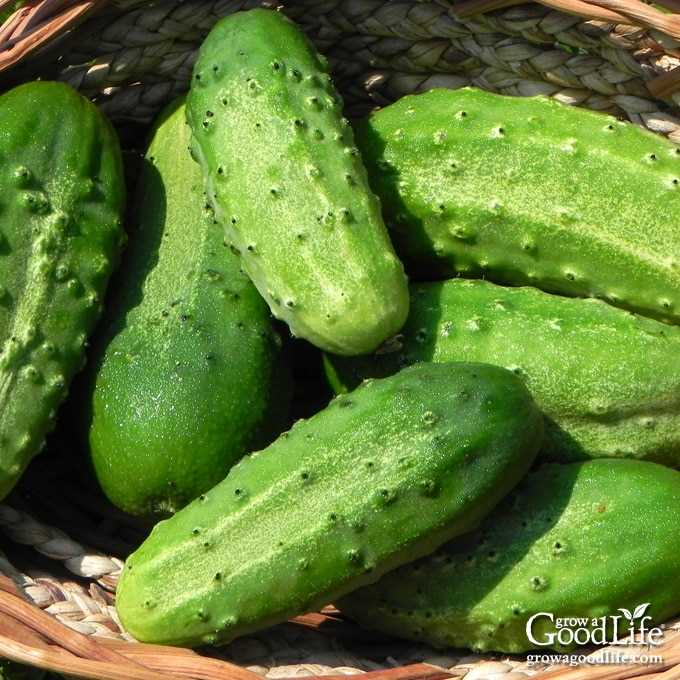
When harvesting late-season cucumbers, it’s best to use pruning shears or a sharp knife. This helps to prevent damage to the vines and leaves, ensuring the plant’s health and productivity. Cut the cucumber stem about 1/4 inch above the fruit to avoid injuring the fruit or the plant.
4. Harvest Regularly
Late-season cucumbers can mature quickly, so it’s important to harvest them regularly to ensure that the plant continues to produce new fruits. Aim to harvest cucumbers every 2 to 3 days, depending on how quickly they are ripening. This also prevents the cucumbers from becoming overripe or overly seedy.
5. Check for Signs of Overripeness
Before harvesting, inspect the cucumbers for any signs of overripeness. Look for cucumbers that are yellowing, have a dull appearance, or feel soft when gently squeezed. These cucumbers are past their prime and may have a bitter taste. Remove them from the vine to encourage new fruit development.
6. Handle Cucumbers with Care
Handle harvested cucumbers with care to avoid bruising or damaging the fruit. Place them gently in a basket or container, making sure not to stack them on top of each other. Avoid dropping or tossing the cucumbers, as this can lead to bruising and diminish their quality.
7. Store Cucumbers Properly
If you’re not planning to use the cucumbers immediately, store them properly to maintain their freshness. Place the cucumbers in a perforated plastic bag and store them in the refrigerator’s crisper drawer. This helps to keep the cucumbers cool and slows down the ripening process, extending their shelf life.
8. Enjoy Late-Season Cucumber Varieties
Late-season cucumbers can be just as delicious as their early-season counterparts. Experiment with different ways of enjoying these late-season cucumbers, such as in salads, sandwiches, or pickles. Their slightly larger size and rich flavor make them a perfect addition to your late-season meals.
Preserving Late-Season Cucumbers
As the summer starts winding down and the days get cooler, you may find yourself with a surplus of late-season cucumbers from your garden. Preserving these cucumbers is a great way to enjoy their crunch and freshness during the colder months.
1. Pickling
One of the most popular ways to preserve cucumbers is by pickling them. Pickling cucumbers can be easily transformed into delicious pickles that can be enjoyed as a snack or added to sandwiches and burgers.
Ingredients:
- 2 pounds of cucumbers
- 2 cups of white vinegar
- 2 cups of water
- 1/4 cup of pickling salt
- 1 tablespoon of sugar
- 1 tablespoon of pickling spices (optional)
Instructions:
- Wash the cucumbers thoroughly and slice them into spears or rounds.
- In a saucepan, combine vinegar, water, pickling salt, sugar, and pickling spices. Bring the mixture to a boil.
- Place the cucumber slices into sterilized jars and pour the hot vinegar mixture over them, leaving about a 1/2-inch headspace.
- Seal the jars with lids and let them cool at room temperature. Store the jars in the refrigerator for at least 48 hours before consuming.
- Your pickles will be ready to enjoy after a few days, but they can be kept in the refrigerator for several months.
2. Freezing
Freezing cucumbers is another method to preserve their freshness and texture. While frozen cucumbers may not be suitable for fresh consumption, they can still be used in cooked dishes like soups, stews, and casseroles.
Instructions:
- Wash and slice the cucumbers into desired sizes.
- Blanch the cucumber slices in boiling water for 2-3 minutes.
- Transfer the blanched cucumber slices into an ice bath to stop the cooking process.
- Drain the cucumbers and pat them dry with a clean towel.
- Place the cucumber slices into freezer-safe bags or containers, removing as much air as possible.
- Label the bags or containers with the date and store them in the freezer.
- Your frozen cucumbers will stay fresh for up to 3 months.
3. Canning
Canning cucumbers allows you to preserve them for a long time without the need for refrigeration. Canned cucumbers can be used in salads, relishes, and other dishes.
Ingredients:
- 2 pounds of cucumbers
- 4 cups of white vinegar
- 4 cups of water
- 1/2 cup of pickling salt
- 1/4 cup of sugar
Instructions:
- Wash the cucumbers and cut them into slices or spears.
- In a large saucepan, combine vinegar, water, pickling salt, and sugar. Bring the mixture to a boil.
- Place the cucumber slices into sterilized jars and pour the hot vinegar mixture over them, leaving about a 1/2-inch headspace.
- Place the lids on the jars and process them in a boiling water bath for 10 minutes.
- Remove the jars from the water bath and let them cool at room temperature. The lids should seal after a few minutes.
- Your canned cucumbers can be stored in a cool, dark place for up to a year.
Preserving late-season cucumbers allows you to enjoy their flavor all year round. Whether you choose to pickle, freeze, or can them, these methods will ensure your cucumbers stay fresh and delicious even after the summer ends.
Delicious Recipes with Late-Season Cucumbers
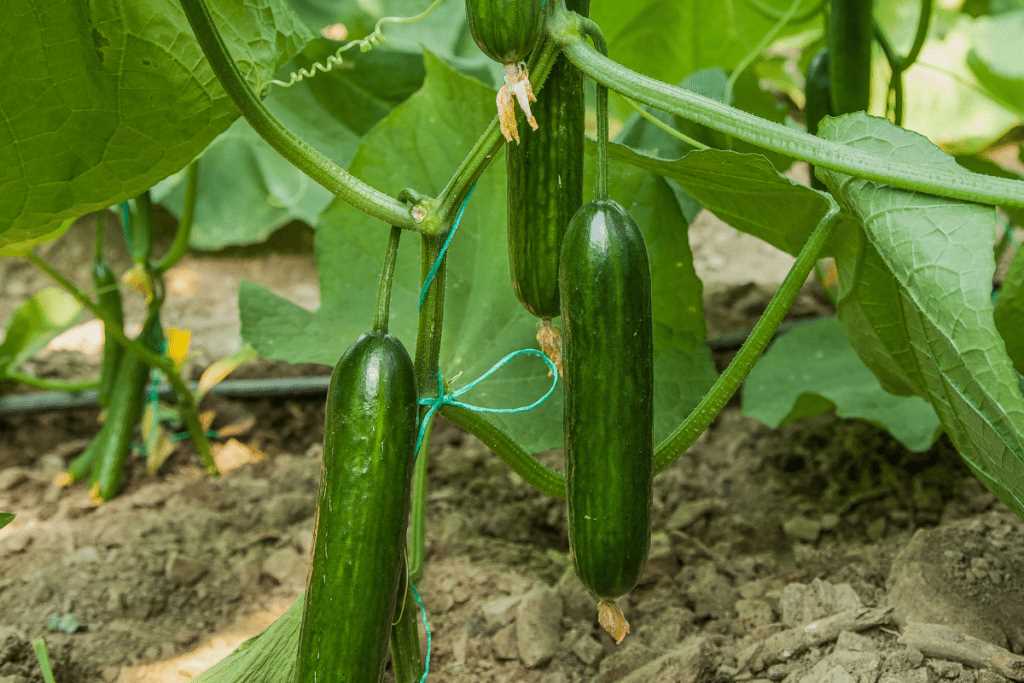
If you have a surplus of cucumbers from your late-season harvest, don’t worry! There are plenty of delicious recipes you can make using these fresh and crunchy vegetables. Here are a few ideas to get you started:
1. Cucumber Salad
A simple cucumber salad is a perfect way to showcase the freshness of late-season cucumbers. Slice the cucumbers thinly and combine them with sliced red onions, cherry tomatoes, and fresh herbs like dill or parsley. Dress the salad with a light vinaigrette made with olive oil, lemon juice, and a touch of honey. This refreshing salad is a great side dish for any meal.
2. Cucumber Gazpacho
Gazpacho is a cold soup that is perfect for hot late-summer days. Blend cucumbers with ripe tomatoes, bell peppers, garlic, and a splash of olive oil until smooth. Season with salt, pepper, and a squeeze of lime juice. Serve chilled with a dollop of Greek yogurt and a sprig of mint for a refreshing and tangy soup.
3. Cucumber Sushi Rolls
If you’re craving something unique and light, try making cucumber sushi rolls. Instead of using rice, slice a cucumber lengthwise into thin strips. Lay the cucumber strips flat and fill with your favorite sushi fillings, such as avocado, carrot, and cooked shrimp. Roll them tightly and slice into bite-sized pieces. Serve with soy sauce and wasabi for a flavorful and low-carb sushi alternative.
4. Cucumber and Yogurt Dip
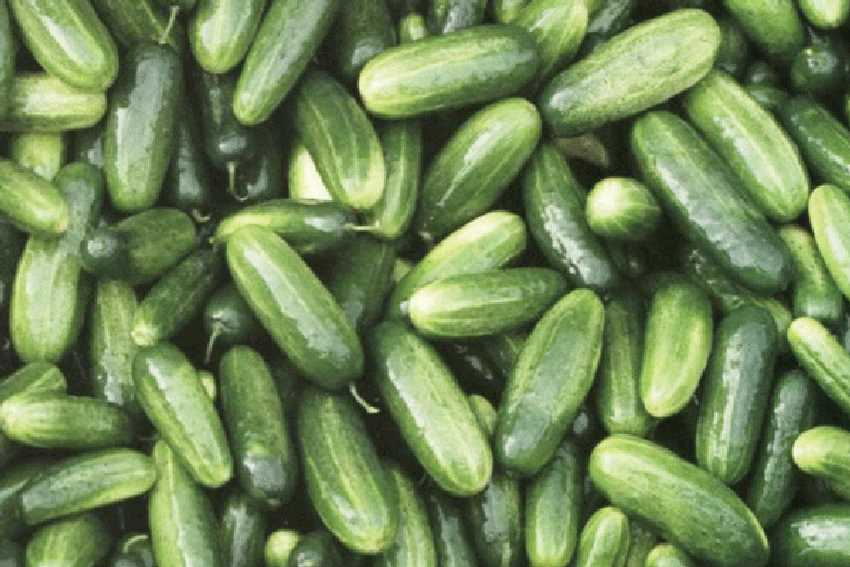
A cucumber and yogurt dip, also known as tzatziki, is a classic dish that pairs well with grilled meats or pita bread. Grate cucumbers and squeeze out any excess liquid. Mix the grated cucumber with Greek yogurt, minced garlic, fresh dill, lemon juice, and a drizzle of olive oil. Season with salt and pepper to taste. This creamy and tangy dip is perfect for snacking or as a refreshing sauce for your favorite dishes.
5. Cucumber and Feta Salad
Combine late-season cucumbers with juicy cherry tomatoes, crunchy red onions, crumbled feta cheese, and black olives for a Greek-inspired salad. Drizzle with olive oil, lemon juice, and sprinkle with dried oregano. Toss everything together and let the flavors meld in the refrigerator for a few hours. This salad is perfect for picnics or as a light lunch option.
6. Cucumber Watermelon Cooler
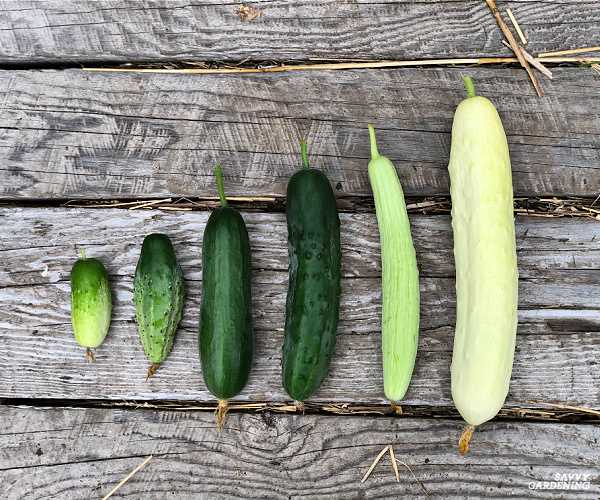
Blend cucumbers with juicy watermelon chunks, mint leaves, and a squeeze of lime juice for a refreshing summer drink. Strain the mixture to remove any pulp and serve over ice. This cucumber watermelon cooler is a perfect way to stay hydrated and cool during the late-summer heat.
With these delicious recipes, you’ll be able to enjoy the late-season cucumbers to their fullest. Whether you prefer them in salads, soups, or dips, there’s a recipe for everyone’s taste. So get creative in the kitchen and make the most of your late-season cucumber harvest!
Expanding the Harvest: Tips for Extended Growing Season
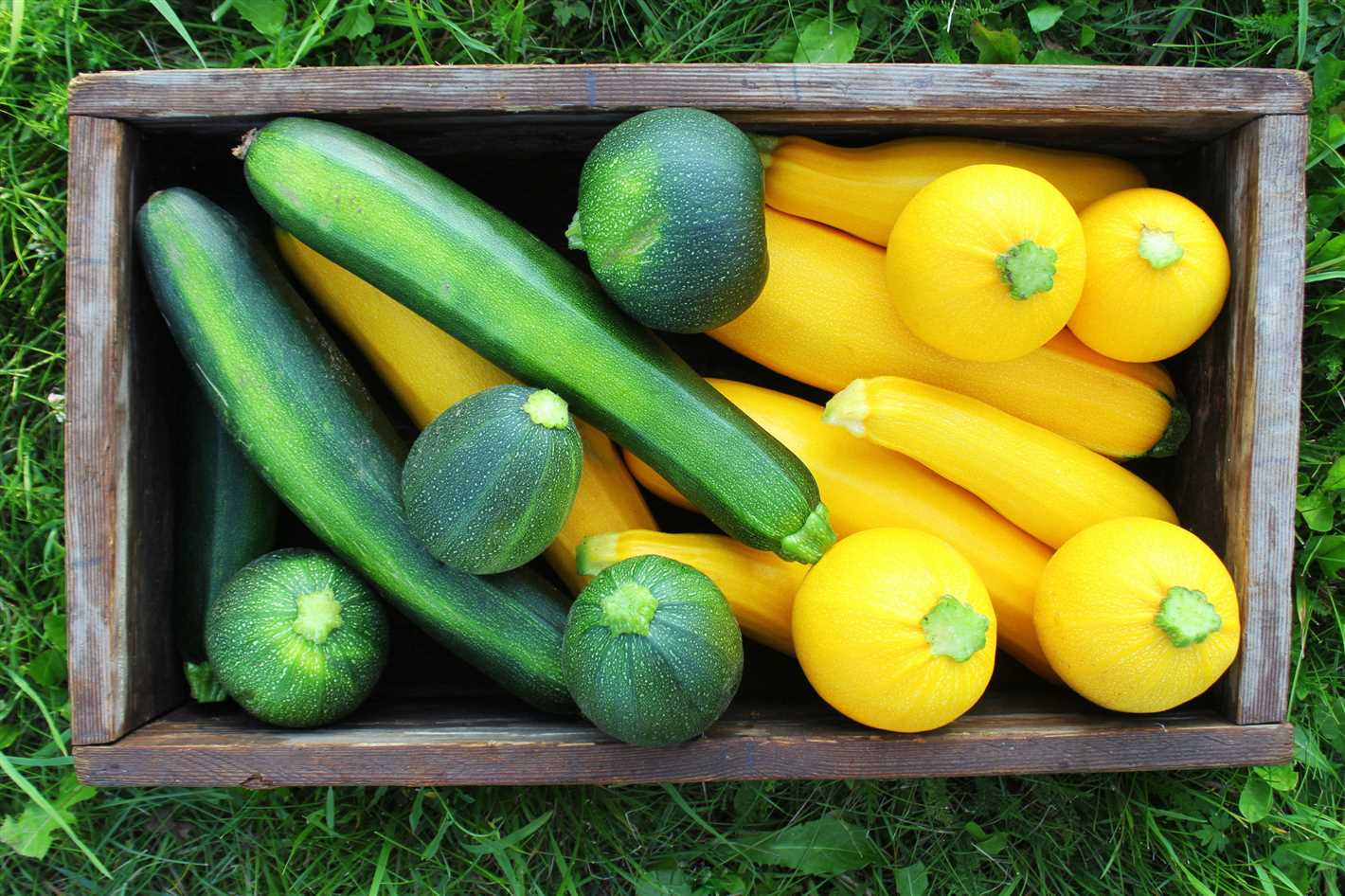
1. Start with the right cucumber varieties
Choosing the right cucumber varieties is crucial for extending your growing season. Look for varieties that are known for their cold tolerance and ability to withstand less daylight. Some popular options include ‘Suyo Long’, ‘Marketmore’, and ‘Mexican Sour Gherkin’.
2. Use season extension techniques
To extend your cucumber harvest, you can utilize various season extension techniques such as:
- Row covers: Covers made of lightweight fabric can protect your cucumbers from frost and provide a few extra weeks of growth.
- Greenhouse or high tunnel: If you have access to a greenhouse or high tunnel, you can continue growing cucumbers well into the fall.
- Cold frames: Cold frames provide a protected growing environment and help trap heat, allowing you to grow cucumbers even in colder temperatures.
3. Provide adequate sunlight
Cucumbers thrive in full sunlight, so choose a location in your garden that receives at least 6-8 hours of direct sunlight every day. If you’re growing cucumbers indoors, consider using grow lights to provide the necessary light.
4. Optimize soil conditions
Ensure your soil is well-drained and rich in organic matter. Cucumbers prefer a slightly acidic soil with a pH level between 6.0 and 7.0. Adding compost or well-rotted manure can improve soil fertility and drainage.
5. Proper watering
Consistent watering is crucial for cucumber plants, especially during hot and dry periods. Water them deeply a few times a week, making sure the soil remains moist but not waterlogged. Mulching around the plants can help retain moisture and regulate soil temperature.
6. Implement succession planting
Succession planting involves sowing cucumber seeds at intervals to ensure a continuous harvest. Planting new seeds every few weeks allows you to replace older plants as they finish producing and continue harvesting throughout the extended growing season.
7. Monitor pests and diseases
Regularly inspect your cucumber plants for signs of pests or diseases. Common issues include cucumber beetles, powdery mildew, and downy mildew. Promptly address any problems to prevent them from spreading and damaging your plants.
8. Harvest cucumbers properly
Harvest cucumbers when they reach the desired size for their variety. Use clean pruning shears or a knife to cut the cucumbers off the vine, avoiding any damage to the plant. Regular harvesting encourages new growth and prolongs the productive lifespan of your cucumber plants.
9. Preserve the harvest
If you have an abundant cucumber harvest, consider preserving them for later use. Cucumbers can be pickled, turned into relish, or used in various recipes. Canning or freezing cucumbers allows you to enjoy their freshness throughout the year.
10. Plan for next season
As you expand your cucumber harvest into the extended growing season, take notes on what worked well and what did not. This will help you plan for future seasons, allowing you to refine your techniques and maximize your cucumber yield.
The Future of Late-Season Cucumbers
As we enter a new era of agriculture, the future of growing late-season cucumbers looks promising. With advancements in greenhouse technology and breeding techniques, farmers can now extend the cucumber harvest well into late autumn, providing fresh greens for consumers even when outdoor temperatures drop.
One of the key innovations driving this trend is the development of cold-resistant cucumber varieties. Breeders have been able to create cucumbers that can withstand lower temperatures, allowing them to thrive in the cooler months. These cold-resistant cucumbers are not only hardier but also maintain their taste and texture, ensuring that consumers can enjoy the same delicious cucumbers all year round.
Furthermore, the use of high-tech greenhouses equipped with climate control systems has revolutionized late-season cucumber production. These structures provide the ideal environment for cucumbers to grow, regardless of the weather conditions outside. With precise control over temperature, humidity, and light levels, farmers can optimize the growth and yield of their late-season cucumber crops.
Another exciting trend in the future of late-season cucumbers is the adoption of hydroponic farming methods. Hydroponic systems allow farmers to grow cucumbers without soil, providing a clean and efficient way to cultivate crops. This method not only increases crop yields but also reduces the risk of diseases and pests, ensuring a healthier and more sustainable cucumber harvest.
In addition, advancements in vertical farming techniques offer new possibilities for late-season cucumber production. With vertical farming, cucumbers can be grown in stacked layers, maximizing the use of space. This method also allows for better control over lighting and nutrient distribution, resulting in healthier and more productive crops.
Overall, the future of late-season cucumbers is bright. With the development of cold-resistant varieties, the use of high-tech greenhouses, hydroponic farming, and vertical farming techniques, farmers are able to meet the demand for fresh cucumbers year-round. This not only benefits consumers who can enjoy their favorite greens all year long but also provides new opportunities for farmers to extend their growing seasons and increase their income.
“Question-Answer”
What are cucumbers of the second turn?
Cucumbers of the second turn are cucumbers that are planted and harvested in late summer to late autumn, after the first summer crop.
When is the best time to plant cucumbers of the second turn?
The best time to plant cucumbers of the second turn is in late summer, around mid to late August.
What are some advantages of growing cucumbers of the second turn?
Some advantages of growing cucumbers of the second turn include a shorter growing season, fewer pests and diseases, and higher yields due to cooler temperatures.
Do cucumbers of the second turn require any special care?
Cucumbers of the second turn may require some special care, such as using row covers or plastic tunnels to protect the plants from cold temperatures, and providing adequate water and fertilizer.
Can cucumbers of the second turn be grown in containers?
Yes, cucumbers of the second turn can be grown in containers as long as the containers are large enough to accommodate the growth of the plants and provide proper drainage.
Are there any specific cucumber varieties that are best for the second turn?
There are several cucumber varieties that are well-suited for the second turn, such as ‘Suyo Long’, ‘Marketmore’, and ‘Lemon’. These varieties have a shorter growing season and are more tolerant of cooler temperatures.







